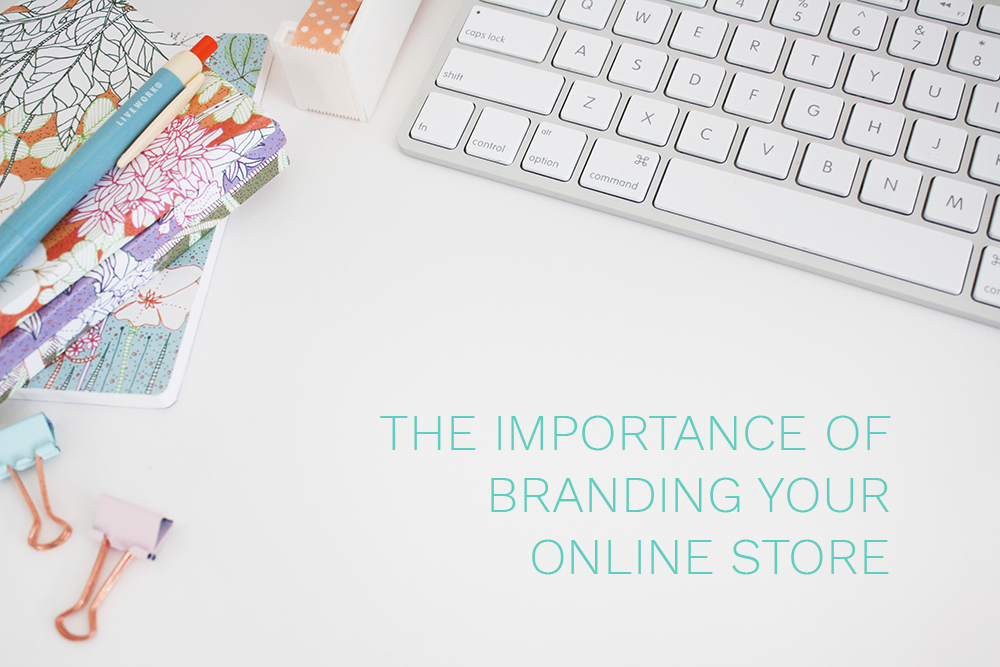Stories are woven into who we are as a species. They are in the fabric of our cultures and make up the best of our imaginations. It is no wonder then, that stories can also be used to help strengthen a brand.

I’m not sure if this happens to you, but I can’t resist a good story.
My husband actually makes fun of me. He says I can EVEN get into a commercial! It is true though. I literally have to jump to grab the remote and shut my TV off before the 17th episode of whatever I’m currently watching starts or I run the risk of staying up all night.
Stories grab me. But I’m quite sure, I’m not alone in that.
Stories are woven into our very existence. We use stories to pass down information and memories. We use stories as entertainment. Nowadays, we can use stories to build up our businesses.
The reason stories are so great for building up a brand is that they are powerful and direct. A story can pierce right through to your heart if it’s told the right away and is compelling enough.
This is precisely what we want to do to our audience. We want to reach them at an emotional level and make that connection. A connection that is going to make them loyal to our brand and keep them coming back to us.
I’ll give you an excellent example.

Have you ever seen the Subaru commercials?
If you have, you know that they are very good at using stories to sell. The Subaru story is one of family, love and endurance. It’s not about a car. It’s about what that car represents in our lives and how something as inanimate as a car can hold our memories or be handed down to our children.
When I was young, my sister and two brothers and I always named our car. Not great names either. Car-ee and Van-ee seem to stand out as rather unoriginal but I can remember those cars today and the great memories we made in them.
Subaru honed in on this and created beautiful stories around owning a car that can get you to a very sentimental place. Not only did they employ the use of story, but music itself became a storyteller in their commercials.
Because of this fantastic emotional marketing campaign, Subaru has tripled its sales in the last 8 years. In 2016, Subaru set a new all-time sales record of 615,132 vehicles; up 5.6% over 2015.
Read more about The Love Campaign over on Forbes.com.
So how can you use story to help connect your brand to your audience?
 1. Get Inspirational
1. Get Inspirational
What kind of story can you tell your audience that inspires them and brings them back around to what you can do for them? When people are inspired, they do things they wouldn’t normally do. They get excited and think differently.
If you are a health coach you can tell your audience a story about one of your own clients, who overcame a great obstacle in their health journey. You can talk about how you helped them in this journey and how you can do the same for them.
Associating success stories and positive outcomes with your brand can lead people to believe in your products and services as well.

2. Think Dreams and Desires
Put yourself in your audience’s shoes. What are their dreams and desires? What experiences are they longing for? In order to tell stories that tap into the dreams and desires of your audience, you must think like them.
Then, figure out how your service or product helps them get closer to their dream or desire. Finally, craft a story that brings their dream to life with your brand’s help.
In the Subaru example, we are shown stories of children growing up before our eyes, traveling with their family in the same car and a proud parent passing down that reliable car to that grown child. The Subaru audience is sentimental and they value reliability and safety. Subaru has crafted great stories that speak right to their heart.
Related: Defining Your Brand’s Purpose

3. Connect
Create stories that help you connect to your audience on different levels and for different reasons. Celebrate milestones in your business and tell your story. How did you get here? What were your struggles and how did you overcome them?
Your own story is one that your audience deeply cares about. If they’re following you, they probably want to emulate you. So tell them about your dreams, your struggles and how you overcame all that to come to this side. If you haven’t overcome them just yet, let them know, they’ll relate even more.
So let’s go back to using your clients’ stories. Use them to find stories that resonate with your audience and speak to the value of having you or your products by their side. These stories do double duty as stories that are relatable but also as testimonials to your work.
Related: What Is Your Brand’s Emotion?
When all is said and done, storytelling boils down to consistency.
Keep telling those stories across your entire brand. Don’t just use your blog or your Instagram account on their own, weave all your social media in. Keep the types of stories that you want to tell in a notebook or spreadsheet, so you don’t forget them. Make sure they all tie in together and tell the same over-arching story about your brand.
So make sure that big story resonates with your audience and you’ll build a recognizable brand.
As with consistency, make sure you sprinkle in some authenticity too. Everyone is craving real stories nowadays. We all love the behind the scenes stories, the success stories, the inspirational stories. Draw your audience in by being you and being honest. Most of all, be authentic and serve them well. Then, you’ll build a loyal audience that will help elevate your brand.
Here’s to your stories!






